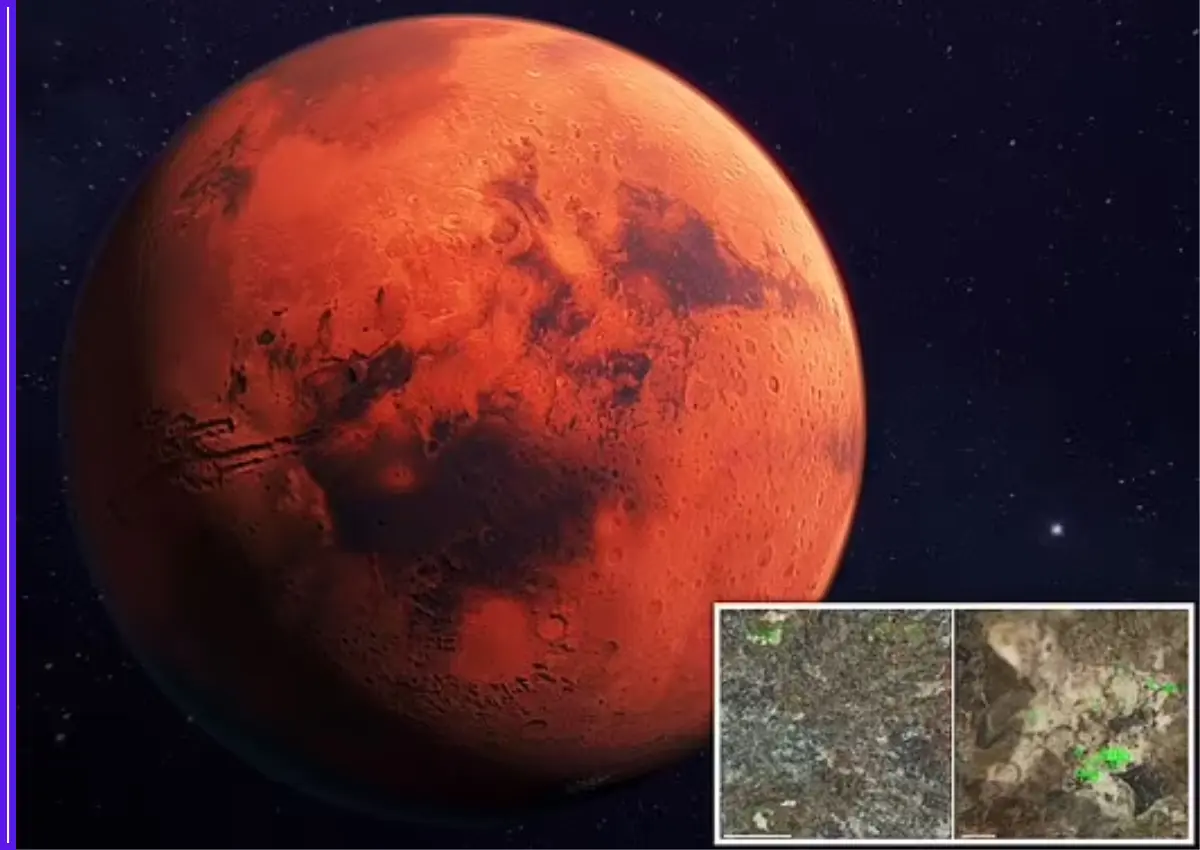Study Says Life on Earth Will End Due to Lack of Oxygen, Not Asteroids or Climate Change
While popular science fiction often imagines doomsday scenarios involving massive asteroid impacts or runaway climate change, new research suggests that Earth’s end may come not with a bang — but with a silent, suffocating fade-out.
A groundbreaking study backed by NASA has ruled out catastrophic events like meteorite strikes or climate change as the most likely causes of life’s extinction. Instead, scientists predict that a gradual depletion of oxygen in Earth’s atmosphere — triggered by the Sun’s increasing heat — will ultimately render the planet uninhabitable for complex life.

The study, led by researchers at Japan’s Toho University and supported by NASA’s advanced climate modeling tools, forecasts that in roughly one billion years, Earth will no longer be able to sustain photosynthetic life — the plants and microorganisms that produce oxygen. As the Sun grows older and hotter, it will disrupt Earth’s carbon dioxide balance. With too little CO₂, photosynthesis will collapse, cutting off oxygen at the source.
“When oxygen levels drop, the ripple effect will be devastating,” said one NASA planetary scientist. “From tiny microbes to mammals, almost every oxygen-breathing organism would vanish — not because of war, fire, or flood, but because the air itself would no longer support life.”
A Slow, Natural Unraveling
Rather than sudden catastrophe, Earth’s decline is expected to unfold slowly — a billion-year-long transition that will see the skies shift, ecosystems unravel, and oceans gradually lose their life. Microbial life in deep ocean vents or underground pockets might endure longer, but the planet as we know it will be irrevocably altered.
NASA emphasized that this forecast is not a cause for alarm but a deeper understanding of planetary life cycles. “This kind of research helps us model what to look for when identifying habitable exoplanets,” said the agency in a recent statement. “Knowing how Earth’s systems may end provides clues about how they begin elsewhere.”
The Bigger Picture
This study is part of a growing body of work aimed at understanding Earth’s long-term habitability and informing the search for life beyond our solar system. By simulating billions of years into the future, scientists are also learning what signs of life (or its absence) might look like on distant worlds.
So, while humanity’s fate may be sealed by the stars rather than by space rocks or climate extremes, researchers believe we have ample time — and perhaps opportunities beyond Earth — to plan for the far future.





